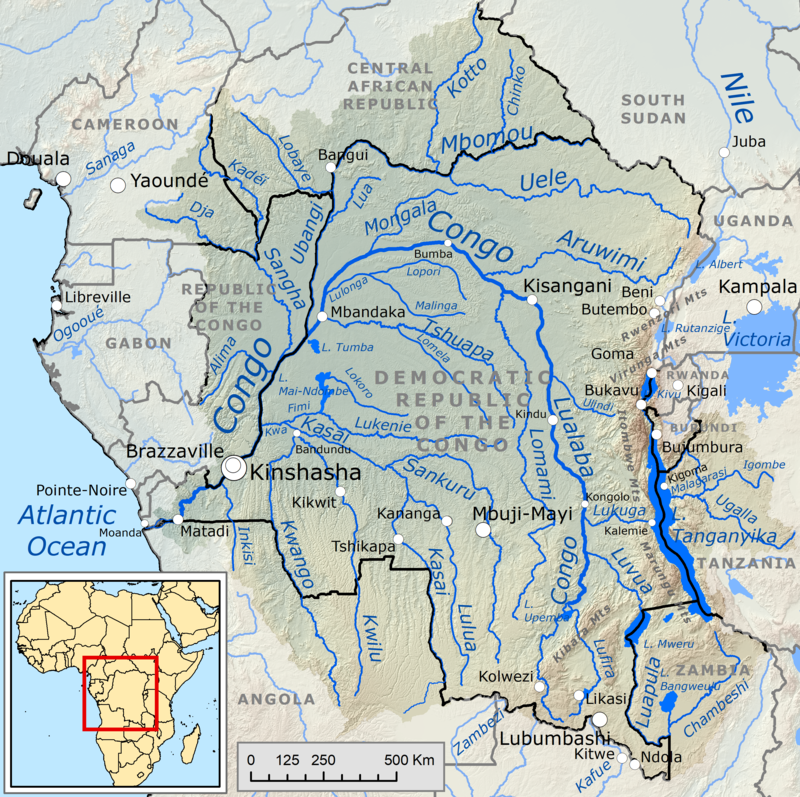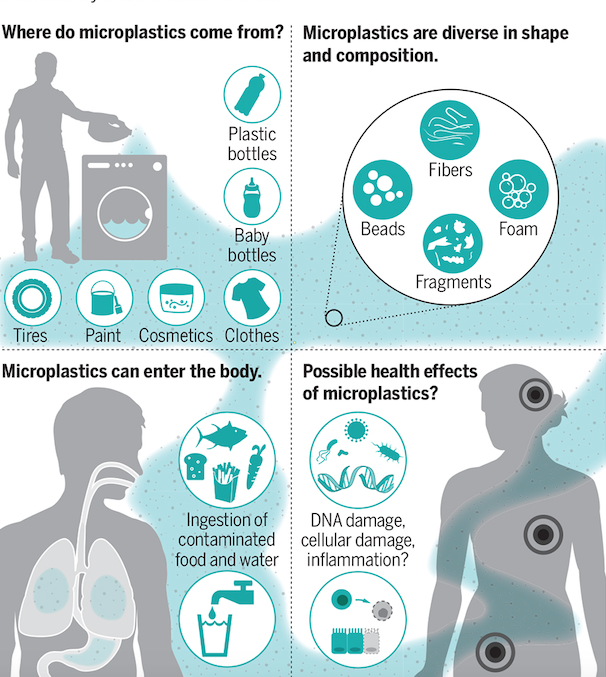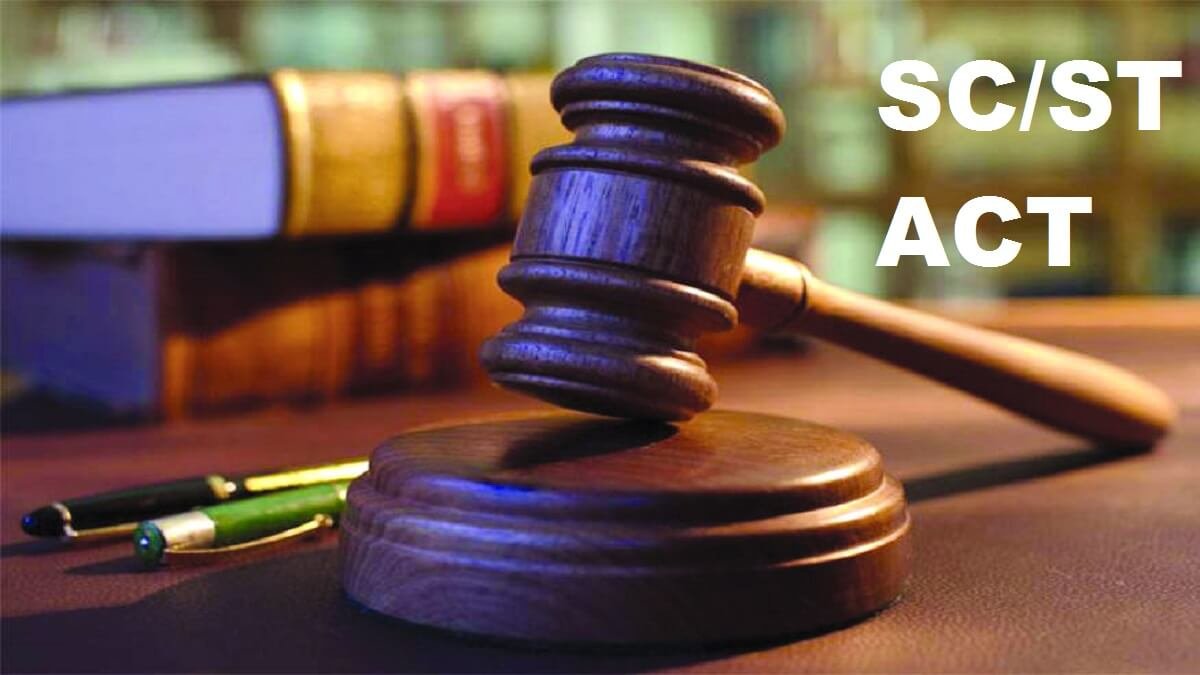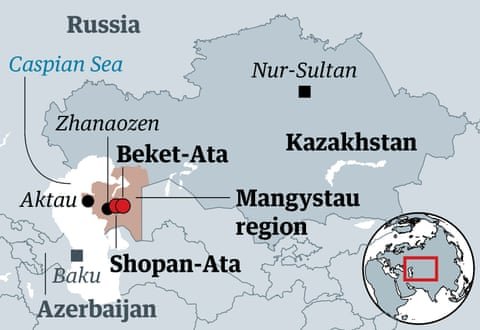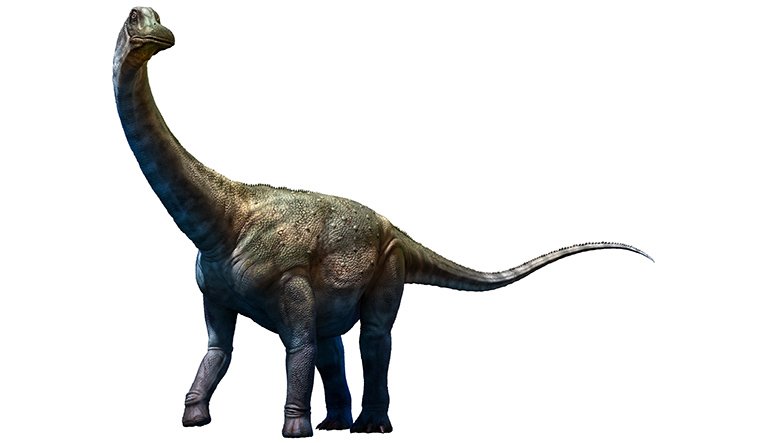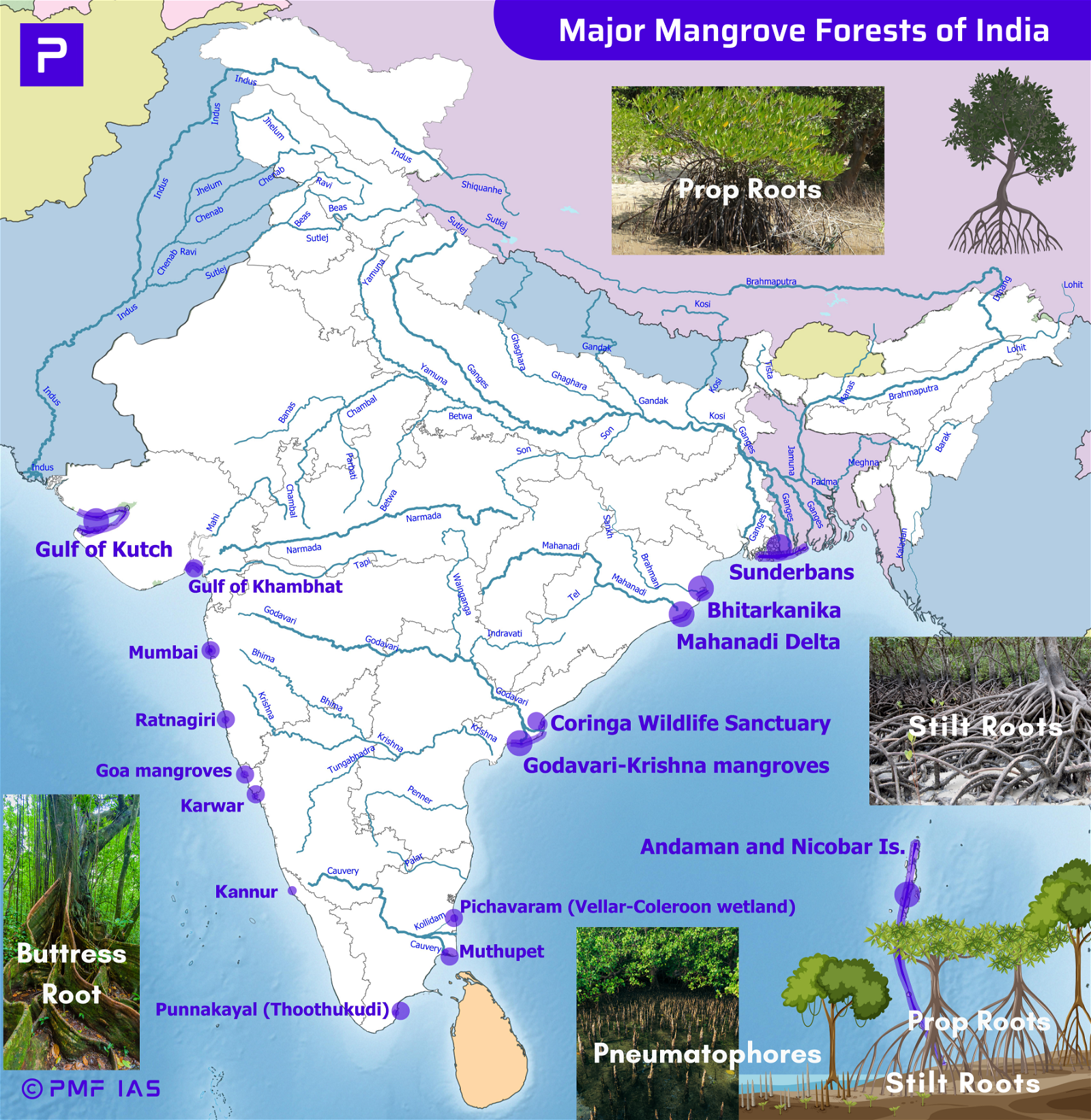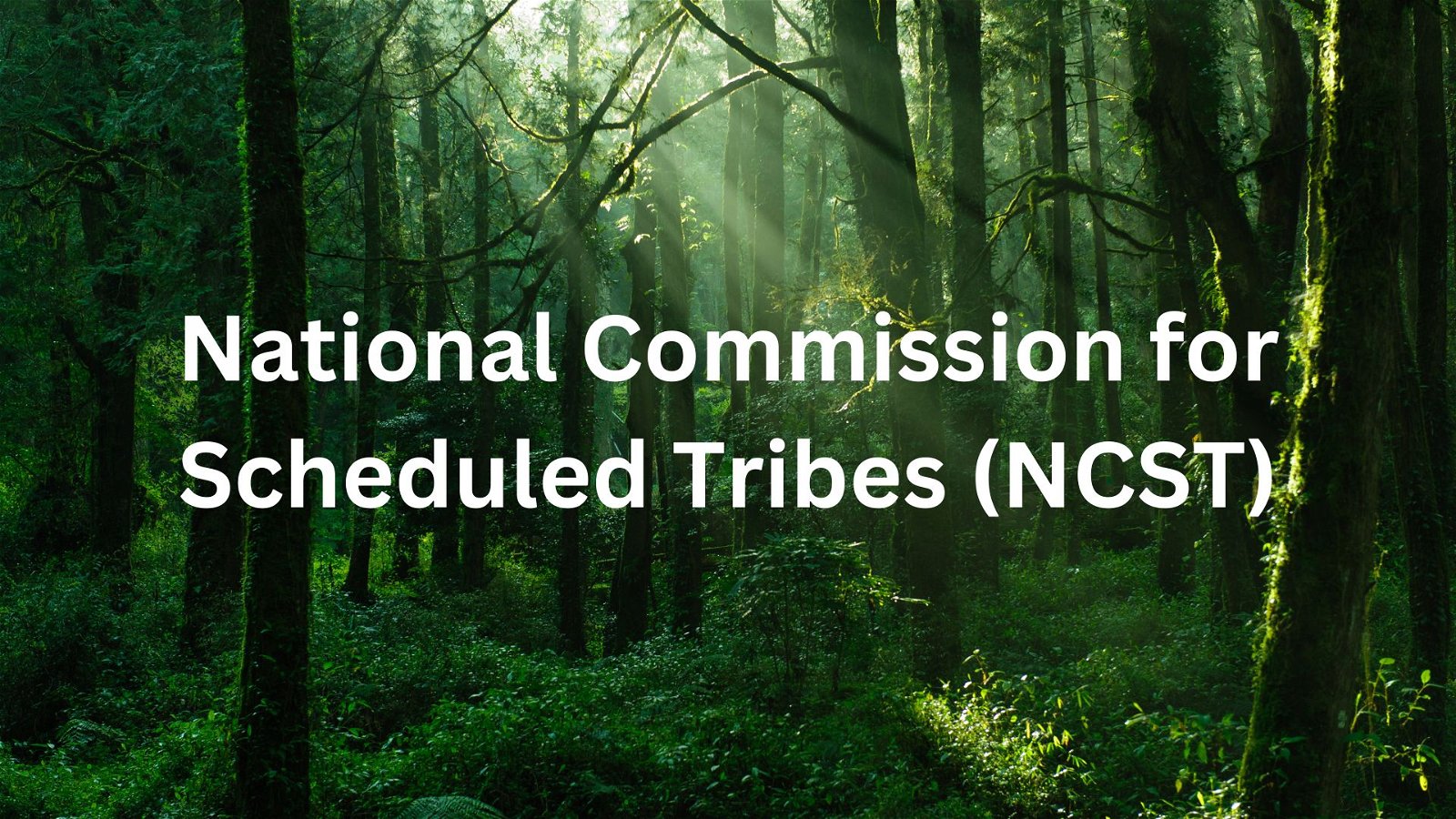
Current Affairs August 29, 2023: Indian vs French Model of Secularism, Scholarships for Religious Minorities, Bharat NCAP, Caste Based Survey, SHIVASHAKTI Point, Bright Star-23, Chikuwa Rice, ORON Aircraft, NABHMITRA, Somatic Genetic Mutation, Asiatic Lion
Subscribers of "Current Affairs" course can Download Daily Current Affairs in PDF/DOC
Subscribe to Never Miss an Important Update! Assured Discounts on New Products!
Must Join PMF IAS Telegram Channel & PMF IAS History Telegram Channel
{GS1 – Secularism – 2023/08/29} Indian vs French Model of Secularism
- The French Government said that the ban is in the spirit of secularism.

Other Such Religious Ban by France
- In 2004, banned the wearing of ostensibly religious symbols in schools (included the Islamic headscarf, Jewish kippas, Sikh turbans, and Christian crosses).
- In 2010, it banned wearing the burqa and niqab in public.
Challenges for France from Religious Bans
- Encroachment on civil liberties
- Discrimination on religious grounds
- Increase radicalisation of religious minorities
- Increase social disharmony and polarization
French Secularism and Indian Secularism
|
French Secularism (laïcité) |
Indian Secularism |
| Developed during the French Revolution; a French law separated the church and the state. | The word secular was included in the Indian constitution by 42nd Consitutional Amendment. But the spirit of secularism was inherent earlier also. |
| Refers to the freedom of citizens and public institutions from the influence of organized religion. | Based on ‘Sarva Dharama Sambhav’ (means destination of all religions is same, though the paths followed are different). |
| Emphasizes on strict separation of religion and state. | Relies on the ‘Principled Distance approach’ (means the state does not interfere in religious matters and also does not promote any particular religion) |
| Follows ‘Negative Secularism’ (considers religion as purely a private affair; does allow the display of religion in public places). | Follows ‘Positive secularism’ (which means the state plays an enabler role in the exercise of fundamental rights and the religious freedoms of all communities). |
{GS2 – MoMA – Schemes – 2023/08/29} Scholarships for Religious Minorities
- Context (TH): The Ministry of Minority Affairs has been steadily reducing funding for scholarships for religious minorities in recent years.
- The decision to discontinue these scholarships is especially concerning for Muslim students.
- The highest proportion of out-of-school children belong to Muslims (4.43%), followed by Hindus (2.73%), Christians (1.52%) and others (1.26%), according to the Sarva Shiksha Abhiyan data.
- As per the All-India Survey on Higher Education (AISHE) 2020-2021, of the total 4.13 crore college students, less than 20 lakh Muslims are enrolled in higher education
- The survey represented a divide between North and South regarding minority representation.
- Kerala and Telangana showed an increase in Muslim student enrolment, while UP and J&K had the lowest numbers.
Welfare Schemes for the Educational Empowerment of Minorities and their Status
Maulana Azad National Fellowship (MANF)
- A scheme to provide financial assistance to research scholars from minority communities pursuing an M.Phil and PhD from UGC-recognised institutions.
- The scheme benefitted over 6,700 candidates between 2014-15 and 2021-22, with Rs 738.85 crore paid before it was cancelled in 2022.
Padho Pardesh
- A scheme to provide interest subsidy on education loans for overseas studies to students from economically weaker sections of minority communities.
- It was discontinued from 2022-23 and benefitted 20,365 beneficiaries since its inception.
Begum Hazrat Mahal National Scholarship
- A scholarship for meritorious girls from minority communities for higher secondary education provided by the MAEF. The scholarship had zero allocation in 2023-24.
Naya Savera
- A scheme to provide free coaching to minority students for entrance and competitive examinations.
- The scheme added a new component in 2013-14 for students of classes 11-12 with science subjects.
- The scheme was discontinued in 2023, as the NEP 2020 does not support coaching programmes.
Nai Udaan
- A scheme to support minority students preparing for the preliminary examinations conducted by the UPSC, SSC and State PSCs. The scheme had no funds allocated in 2023-24.
Scheme for Providing Education to Madarsas and Minorities (SPEMM)
- A scheme to support quality education in madrasas by introducing modern subjects.
- The scheme was allocated Rs 10 crore in 2023-24, more than 90% less than the allocation in 2022-23, which was Rs 160 crore.
Pradhan Mantri Jan Vikas Karyakram (PMJVK)
- A scheme to provide infrastructure in identified minority concentration areas, including education and skill development.
- The budgetary allocation of the scheme was reduced from Rs 1,650 crore in 2022-23 to Rs 600 crore in 2023-24.
Way Forward
Niti Aayog Recommendation’s
- It recommended that the government devise customised interventions for the development of minorities by identifying development gaps in minority-concentrated localities.
- It recommended a 15% annual increase in the budget for scholarships from 2019-20.
- Also increasing the number of scholarships for girls from minority communities by 10% yearly.
{GS2 – MoRTH – Schemes – 2023/08/29} Bharat NCAP
- Context (TH): The Ministry of Road Transport and Highways (MoRTH) launched the Bharat New Car Assessment Programme (Bharat NCAP) to enhance road safety.
- Bharat NCAP is an indigenous car crash testing programme modelled on the Global New Car Assessment Programme (Global NCAP). It will come into effect from October 1, 2023.
- Under the programme, cars voluntarily nominated by manufacturers will be crash-tested.
Objectives
- To safeguard the lives of citizens
- To make a comparative assessment of vehicle performance
- To promote healthy competition among manufacturers
- To create an ecosystem of competitive safety enhancements
Features
Applicability
- Only the base model of a particular variant will be tested.
- It applies to:
- Passenger vehicles made/sold in India with up to eight seats (excluding the driver’s seat), and
- Weight less than 3500 kg.
Voluntary
- It is a voluntary programme (instead, it should have been made mandatory).
- But, in some instances, cars may be subjected to a crash test. Such as:
- For a base model of a popular variant (minimum clocked sale of 30,000 units) or
- When the MoRTH recommends a model for testing in the interest of public safety.
Tests
- Three tests will be conducted on a vehicle:
- Frontal Impact Test
- Side Impact Test
- Pole Side Impact Test

Rating
- A rating from one star to five stars will be assigned to a vehicle after an evaluation of three parameters:
- Adult Occupant Protection (AOP)
- Child Occupant Protection (COP)
- Safety Assist Technologies (SAT)
Mandatory provisions for safety
- The installation of six airbags
- Electronic Stability Control (ESC)
- Three-point seatbelts for every passenger
- Improved emergency braking systems

Significance
- Ensures fewer casualties and injuries.
- Lessens the strain on healthcare and insurance sectors.
- Fosters a positive societal impact by reducing trauma caused by road traffic injuries and deaths.
- Enhances the brand reputation.
{GS2 – Polity – IC – 7th Sch – 2023/08/29} Caste-Based Survey by Bihar
- Context (TH): The SC refused to stay uploading data collected in the Bihar caste-based survey.
- The Bihar Government conducted a caste-based survey in January 2023.
- The Patna HC upheld the caste-based survey as it is aimed at Development with Justice.
- The SC stated that the right to privacy is not affected when someone is asked to provide their caste or sub-caste information.
|
Grounds on which the petition was filed in the Patna HC and later in the SC
Right to privacy
- The petitioners argued that the right to privacy of those surveyed would be infringed due to the queries concerning their religion, caste, and monthly income.
- The HC reiterated that permissible restrictions could be imposed on the fundamental right in the state’s legitimate interests, provided they are proportional and reasonable.
- It clarified that the data is being collected to identify the economic, educational, and other social aspects of different communities which require further action by the State for their upliftment.
Powers of the state to carry out such a survey
- The petitioner argued that Entry 69 of the Union List of Seventh Schedule of IC contains the Centre’s exclusive power to conduct a census.
- However, Entry 45 of the Concurrent List confers power to both Centre and the states to collect statistics for any matter listed in List II and III of the Seventh Schedule.
- Entry 20 of the Concurrent List provides for economic and social planning.
- The court supported caste identification and ruled that the survey was needed for affirmative action according to Article 16 (equality of opportunity in matters of public employment) of IC.
Central government’s view
- In the SC, the Union government said that:
- Census is a statutory process governed by the Census Act, 1948.
- The subject of the census is covered on the Union List (Entry 69) in the 7th Schedule of the IC.
- Only the Central government is entitled to conduct a census.
- No other body is entitled to exercise either census or any action akin to the census.
{GS2 – Polity – UCC – 2023/08/29} Section 213 of Indian Succession Act
- Context (TH): The Centre has informed the Madras HC that it would amend Section 213 of the Indian Succession Act, 1925.
- Section 213 of the Indian Succession Act, 1925 requires Hindus, Buddhists, Jains, Sikhs, and Parsis in Chennai, Mumbai, or Kolkata to get court permission for inheriting property through a will.
- Accordingly, people professing Hinduism, Buddhism, Jainism, Sikhism and Zoroastrianism could not inherit properties in the three metropolitan cities merely based on a will.
|
Exemptions
- This section does not apply to Muhammadan or an Indian Christian. (The word “Indian Christian” was added by the amendment in 2002.)
- Britishers had exempted Muslims from Section 21 of the Succession Act because they were governed by the Sharia (Muslim personal law).
Way forward
- The Law Commission, in its 209th Report (2008), recommended deleting Section 213, which discriminates between Hindus, Buddhists, Sikhs, Jains and Parsis on the one side and Christians and Muslims on the other for grant of probate or wills or Letters of Administration.
- Reasonable and thoughtful application of the principles of the Uniform Civil Code can be explored.
UCC is explained in detail in the July Current Affairs
{GS3 – S&T – Space – 2023/08/29} Naming of Sites on the Moon
- Context (IE | TH): Points where the Chandrayaan-3 lander touched down and Chandrayaan-2 crashed on the lunar surface will be named Shiv Shakti and Tiranga, respectively.
- Earlier, India named the spot where the probe Chandrayaan-1 crashed as Jawahar Sthal.
|

Who Names the Landing Sites on the Moon?
- The Moon does not come under the jurisdiction of any one country.
- The International Astronomical Union (IAU) is responsible for naming celestial objects, including features on the Moon. So, lunar features cannot be named by any country independently.
- Initially, the lunar sites were named informally due to limited information about the lunar surface.
- But as higher resolution pictures of the lunar surface are obtained by lunar missions, the countries responsible for the missions started to name lunar sites formally.
- These names were submitted to the IAU for approval.
|
How does IAU Consider Names for Celestial Objects?
- IAU’s Working Groups handle the process of naming celestial objects.
- Anyone can suggest a name to the Task Group without a guarantee of approval.
- Names successfully reviewed by a Task Group are submitted to the Working Group for Planetary System Nomenclature (WGPSN).
- After approval of the WGPSN, names are approved as official IAU nomenclature.
IAU Norms for Naming Celestial Objects
- Name should be simple, clear, and unambiguous.
- It should not duplicate existing names.
- It should not have political, military, or religious significance (names of political figures before the 19th century can be used).
- If the name commemorates a person, the person must be deceased for at least three years before the proposal is submitted.
International Astronomical Union (IAU)
|
{Prelims – Defense Exercises – 2023/08/29} EXERCISE BRIGHT STAR-23
- Context (PIB): Exercise BRIGHT STAR– 23 is scheduled to be conducted from 31 August to 14 September 2023 at Mohammed Naguib Military Base in Egypt.
- It is a tri-services joint military exercise that will be led by US and Egyptian Army.
- The first edition of the Exercise was conducted in the year 1980 in Egypt.
- This year 34 countries will participate in Exercise BRIGHT STAR- 23.
- It will be the largest-ever joint military exercise in the Middle East & North Africa region.
- This is the first time that the Indian Armed Forces are participating in Exercise BRIGHT STAR.
{Prelims – GI Tag – Agri – 2023/08/29} Chokuwa rice
- Chokuwa rice is a type of semi-glutinous winter rice cultivated in Assam, especially around the Brahmaputra River area.
- It is also known as Magic rice or Komal Chaul (soft rice), as it can be consumed after soaking it in cold or lukewarm water without any cooking.
- Chokuwa rice is a part of Assam’s culinary heritage and has been a staple of the troops of the mighty Ahom dynasty, who ruled Assam for six centuries.
- It belongs to the Sali rice group, sown in June-July and harvested in Nov-Dec.

{Prelims – S&T – Defence – 2023/08/29} ORON Aircraft
- Context (HT): ORON aircraft is a state-of-the-art Intelligence, Surveillance & Reconnaissance (ISR) mission aircraft that was developed by Israel.
- ORON aircraft is capable to locate and track targets in all weather conditions.
- It is equipped with advanced algorithms and AI that allow it to process and analyze large amounts of data in real-time and create a comprehensive intelligence picture of the situation.
- It is expected to become operational in 2024.
Lockheed P-3 Orion (Don’t Confuse it with!)
|
{Prelims – S&T – ISRO – 2023/08/29} Nabhmitra device
- Context (TH): ISRO developed a satellite-based communication system, Nabhmitra, for fishermen.
- Nabhmitra enables two-way messaging services, allowing fishermen to communicate with the shore authorities and receive information on weather, cyclones, maritime boundaries etc.
- The device also facilitates distress messaging and emergency response.
- Fishermen can Press a Button on the device and send an alert to the control centre, which will receive the precise location of the boat and respond immediately.
- Nabhmitra provides weather and cyclone warnings in the local language of the fishermen, enabling them to make informed decisions.
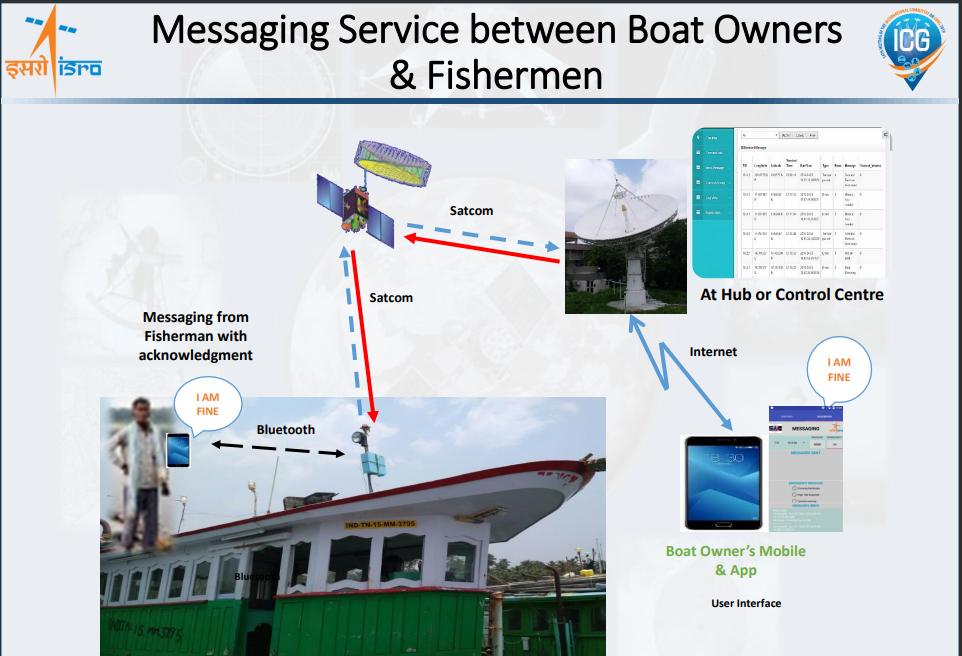
{Prelims – Sci – Bio – 2023/08/29} Somatic Genetic Mutation
- Context (TH): An explosion in the amount of data regarding somatic genetic variants.
- A genetic mutation refers to a permanent change in the DNA sequence of a gene.
DNA
|
Somatic Mutation vs Germline Mutation

|
Characteristic |
Somatic Mutation |
Germline Mutation |
| Location | Somatic cells ( in body’s tissues/organs) | Reproductive cells (egg and sperm) |
| Occurence | After conception | During conception |
| Inheritance | Not passed on to offspring | Passed on to offspring |
| Cause | Spontaneous or environmental factors | Spontaneous or inherited from a parent |
| Effects | Contribute to the development of some diseases like cancer | Cause diseases that are passed down from parents to children |
{Prelims – Species – 2023/08/29} Asiatic Lions Population Rising
- Context (TH): The Asiatic lion population is growing in the Saurashtra region.
- To accommodate the growing population, suggestions given are:
- New wildlife sanctuary along the Shetrunji River in Amreli and Bhavnagar districts.
- Limits of the Purna Wildlife Sanctuary in Dangs district be extended.
|
Asiatic Lions in India
- The only population of Asiatic lions in the world is restricted to the Gir-Saurashtra region.
- In the Gir-Saurashtra region, 50% of the lion population is recorded outside the protected areas (PAs). Most lions counted outside PAs are sighted in Amreli and Bhavnagar districts.

{Prelims – Sports – 2023/08/29} Neeraj Chopra’s Gold Medal
- Context (TH): Neeraj Chopra won the gold medal in the men’s javelin throw event at the 2023 World Athletics Championships. Pakistan’s Arshad Nadeem won a silver medal.
- Neeraj became the first-ever Indian to secure gold in the World Athletics Championships.
- He had secured a silver medal in the 2022 World Athletics Championships.
- He also became only the third in history to simultaneously hold the sport’s Olympics and World Championships titles.





![PMF IAS Environment for UPSC 2022-23 [paperback] PMF IAS [Nov 30, 2021]…](https://pmfias.b-cdn.net/wp-content/uploads/2024/04/pmfiasenvironmentforupsc2022-23paperbackpmfiasnov302021.jpg)


